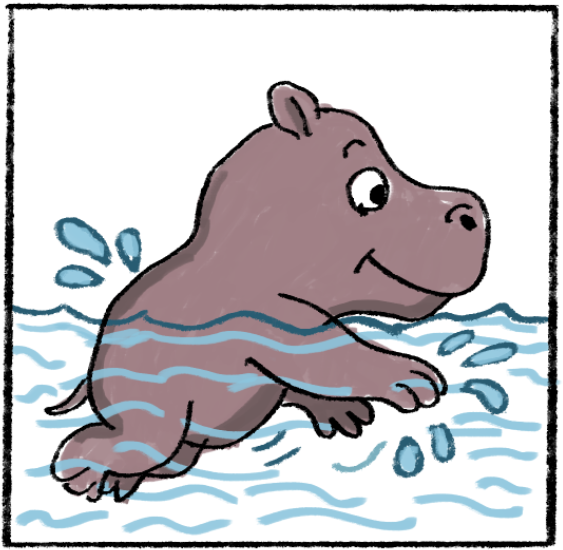
Jumping into the pool
Jumping In: Building Confidence from the First Splash
At Moovswim, learning to jump into the pool is more than a fun moment—it’s a powerful step toward aquatic confidence. Each jump teaches children to trust the water, control their body, and overcome hesitation. With every splash, they discover that the water can support them and that they are capable of resurfacing with ease.
This skill builds both safety awareness and emotional assurance, helping young swimmers respond calmly in and around water. By starting with guided jumps and progressing toward independence, children grow in courage, coordination, and joy—laying the foundation for a lifelong love of swimming.

Submersion
Submersion is a gentle, safe introduction to going underwater that helps babies build water confidence, learn early safety skills, and prepare for swimming. It develops breath control, orientation, and motor coordination, while also boosting cognitive growth and problem-solving. Submersion strengthens the bond of trust between parent and baby, creating joyful shared experiences. Importantly, it lays the foundation for key swimming techniques such as breath management and streamlined movement. When introduced gradually and playfully, submersion turns water into a positive, natural environment for babies to explore.

Paddling
Foundation for Stroke Development
Paddling helps develop the basic motor coordination necessary for more advanced swim strokes. It teaches beginners how to use their arms and legs together effectively, setting the stage for proper freestyle, breaststroke, and backstroke techniques.
Builds Water Confidence
Gentle paddling allows swimmers to explore the water in a controlled and comfortable manner. As they learn how their movements affect their buoyancy and direction, their confidence grows, reducing fear and anxiety commonly associated with water.
Improves Body Awareness and Balance
Through paddling, swimmers learn how to maintain a horizontal position and distribute their weight in the water. This enhances spatial awareness and helps maintain body alignment—both critical for efficient swimming.
Enhances Muscular Development
The repetitive arm and leg movements involved in paddling help develop key muscle groups, including the shoulders, arms, core, and legs. This builds strength and endurance, especially in young learners.
Encourages Independence and Safety
Once a swimmer can paddle independently, they gain a sense of autonomy in the water. This increases their ability to move toward safety if needed and serves as a critical skill in aquatic survival.
